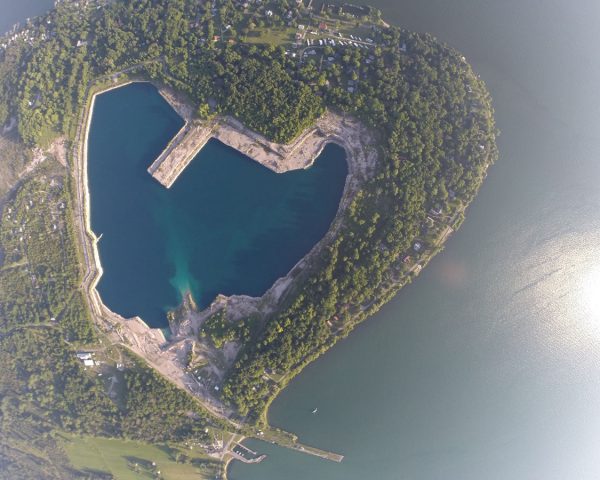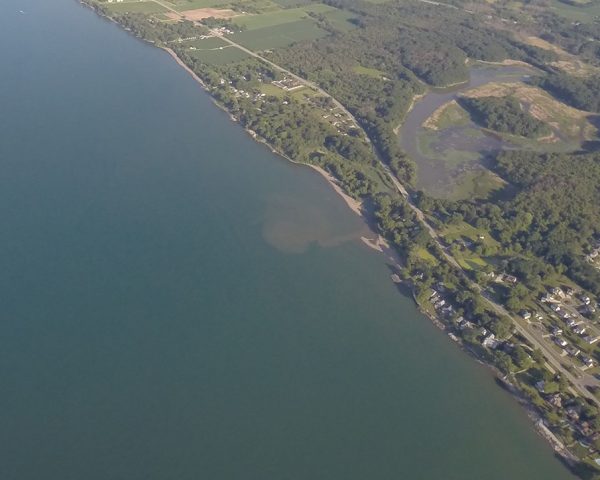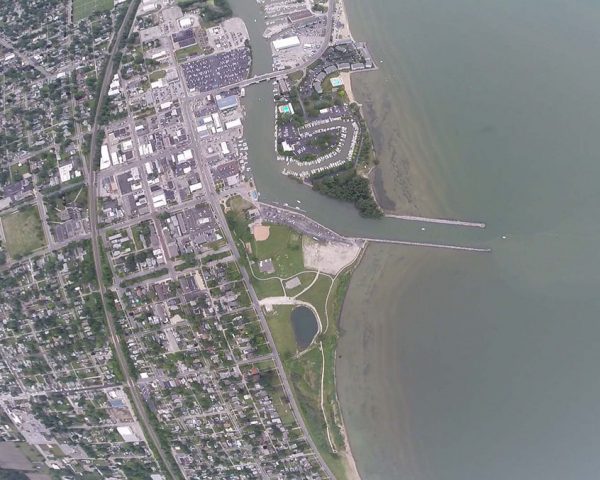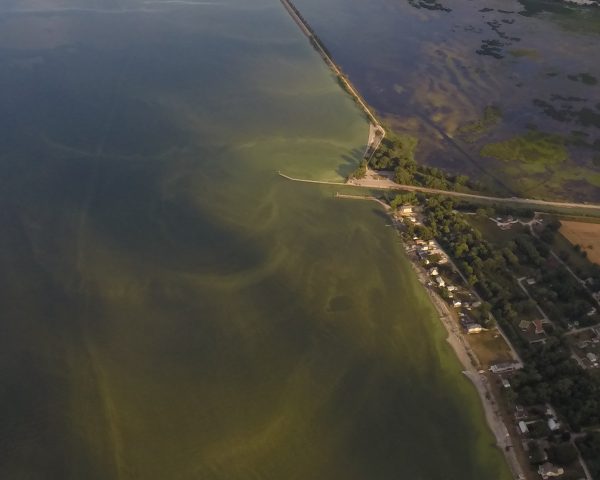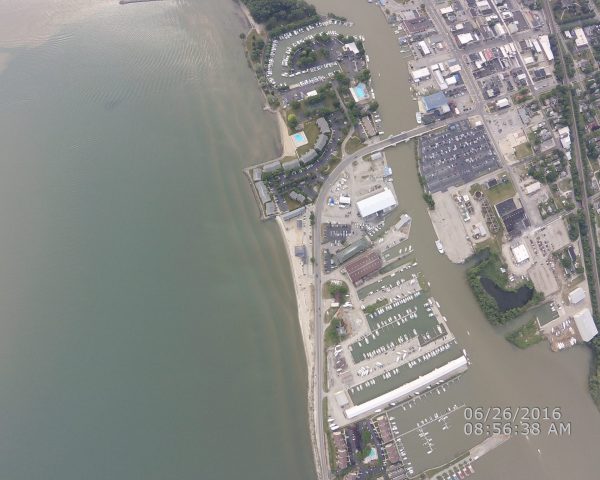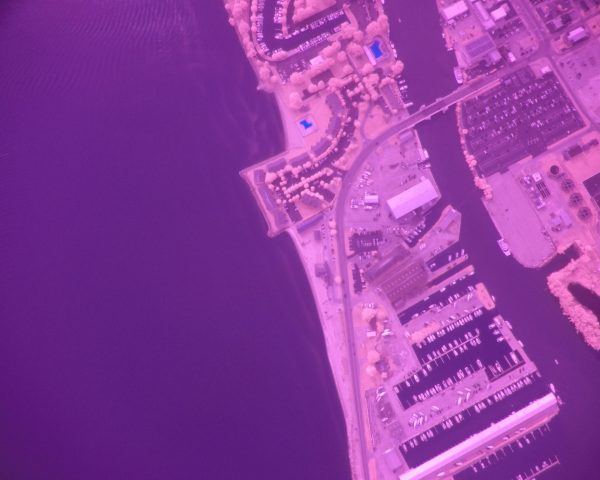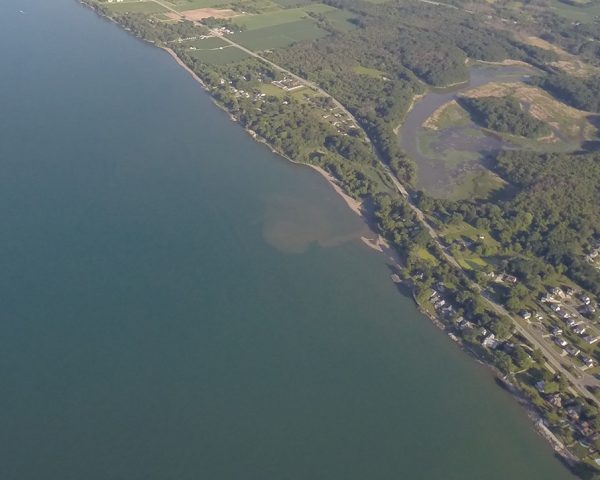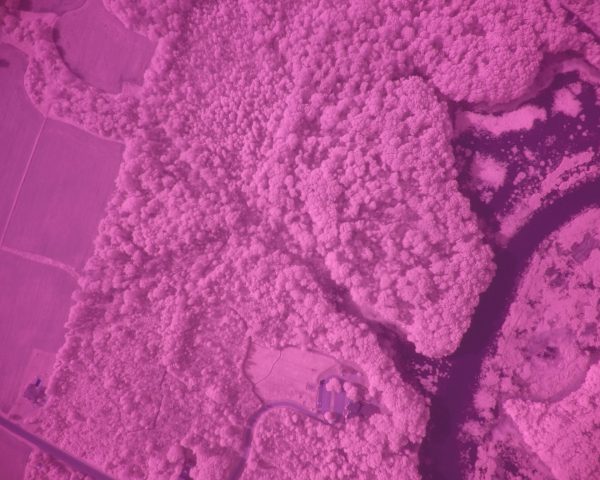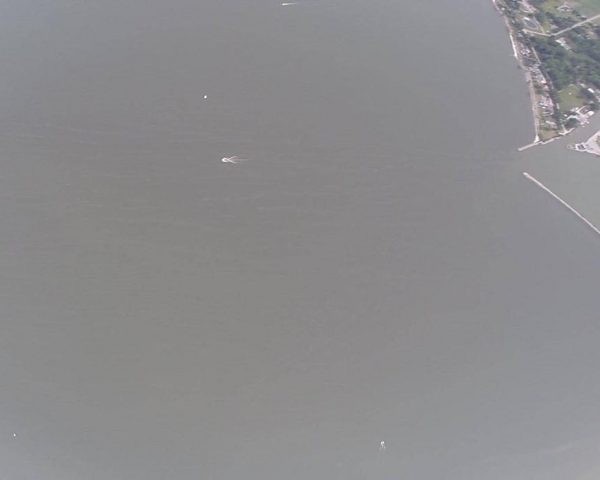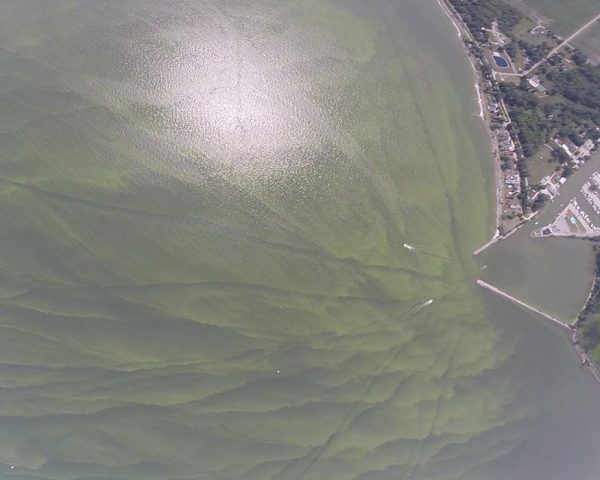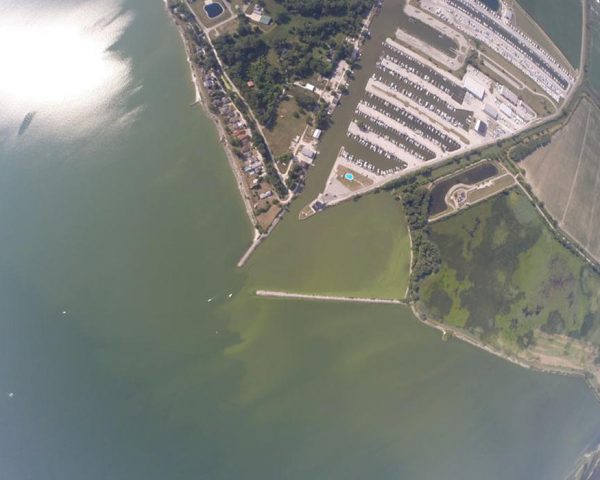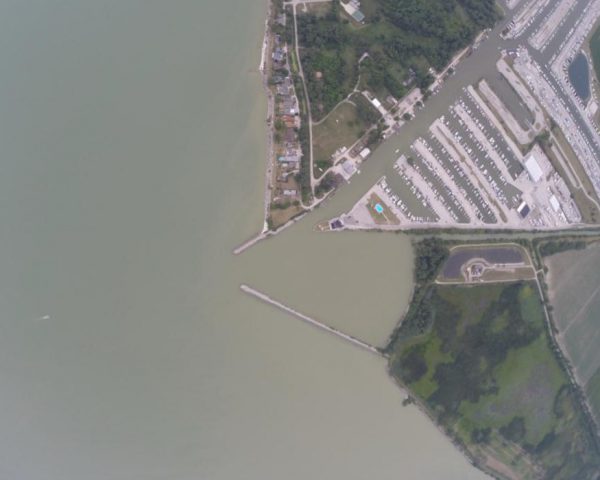Citizen Scientists Track Algal Blooms
Harmful algal blooms (HABs) are a global problem. HABs can pose a serious risk to human health.
Overview
Algae are natural components of marine and fresh water flora that perform many roles vital for the health of ecosystems. Cyanobacteria, also known as blue-green algae, are of special concern because of their potential impacts on drinking, fishing, and recreational waters.
Roles & Expectations of Citizen Science Pilots
- Citizen scientist pilots and airplane owners are volunteers — not guided, supported, or paid by NASA.
- Each pilot is fully responsible for the safe operation of their aircraft. Mounting system hardware for their imaging system by following air-frame manufacturing or FAA guidelines and regulations.
- Pilots are free to choose their own flight paths and flight plans.
- NASA or the project shall not pay for any pilot services, such as aircraft maintenance, hangar rent, or fuel.
General aviation (GA) pilots functioning as citizen scientists can help develop an early warning system to alert communities of ensuing algal bloom along the coastline.
Private GA Pilots
There are 600,000 private pilots in the U.S. and over 200,000 general aviation (GA) aircraft. A fraction of this untapped resource can be used to study water quality scientific issues in aquatic systems.
Citizen Science
Scientific research conducted, in whole or in part, by amateur or nonprofessional scientists. This may include crowd-sourced science, community engaged science, or networked science.
A Global Problem
Algae blooms pose serious problems to human health, fish, and recreation industry. The economic damage to commercial fishing is $100 million and rising due to climate change (NOAA).
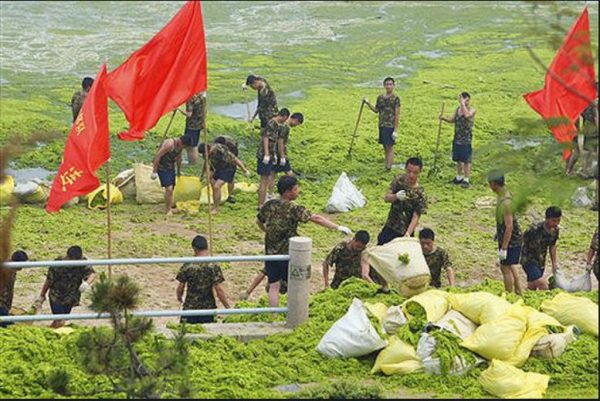
Chinese soldiers remove blue-green algae from a beach in Qingdao, eastern China, 2008. (Credit: Ng Han Guan, AP)

Residents of Toledo, Ohio, line up for water on Saturday, Aug. 2, 2014. (Credit: Jetta Fraser, AP)
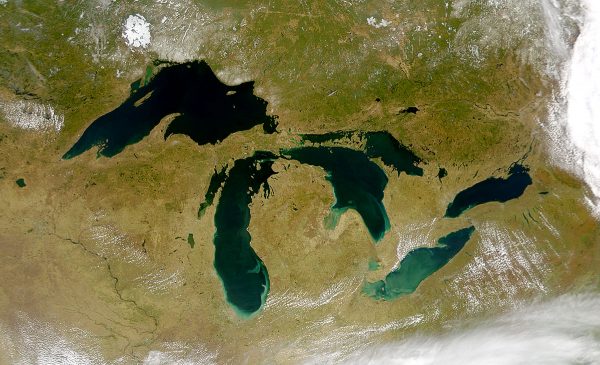
How to Get Involved
Pilots
- Obtain high resolution aerial images and videos
- Fly over potentially impacted waterways
Researchers
- Study plume and sedimentation dynamics, harmful algal blooms (HABs) initiation and distribution, algal mat structures, and Langmuir circulation and identify “hot” areas of concern.
- Make data publicly available to students, teachers, researchers, water-quality managers, and policy makers.
- Help develop empirical scientific models leading to next steps in predicting a HAB event.
Teachers
- Use the photos and results to educate in water quality issues and the dangers of harmful algal bloom outbreaks to human health
- Ask students to come up with innovative solutions for the future
Students
- Use simple cell phone cameras in your area, if safely possible, to shoot and compare their photos with aerial data
Members of the Public
- Help generate awareness of your environment
Photo Gallery
Western Lake Erie Shoreline and Islands.
Arial images taken at 3000 feet altitude.
Image Comparison
Regular color image (RGB) compared with infrared (IR) of Lake Erie Western basin at Maumee River and Old Woman Creek, Ohio.
Typical Data Example
Changes in water quality over time at Lake Erie western basin from July 5 – 25, 2014.
Video Gallery
Fluid, Plume and Sedimentation Dynamics
Open Water Field Testing for Water Quality
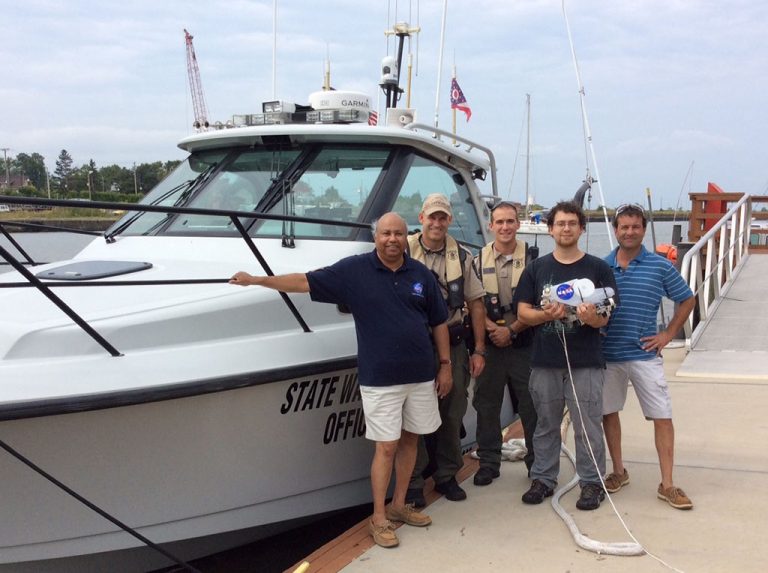
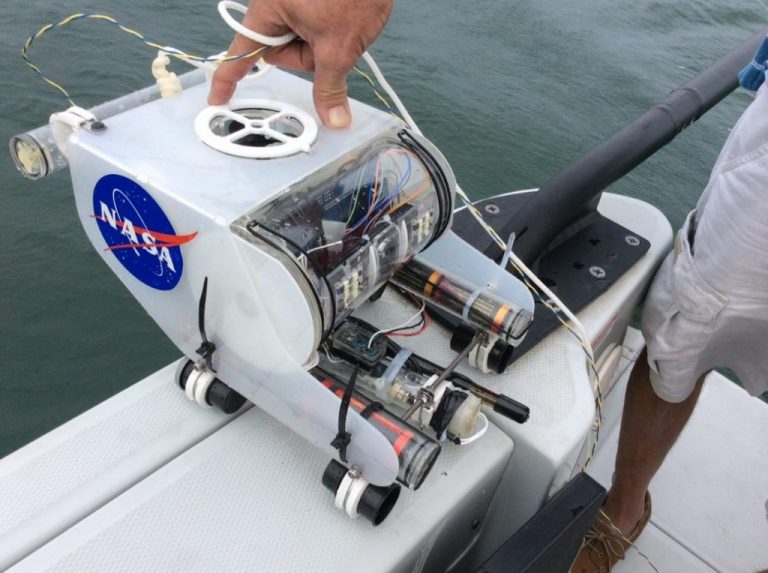
Underwater Rover Images
September 2014
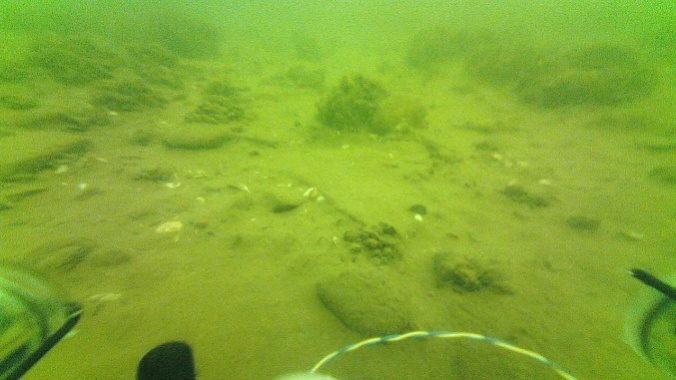
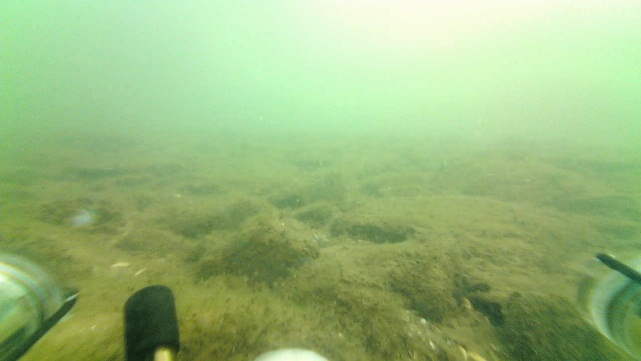

What’s New
Off-the-shelf cameras now have built-in GPS so accurate geo-referencing is easier.
Examples of Geo-referencing
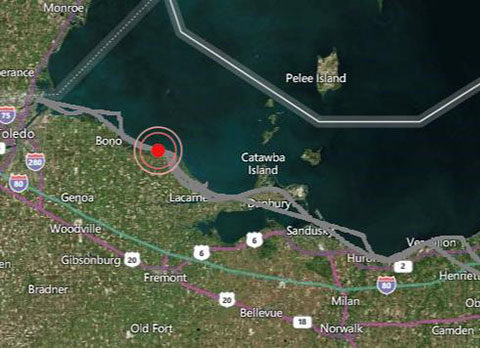
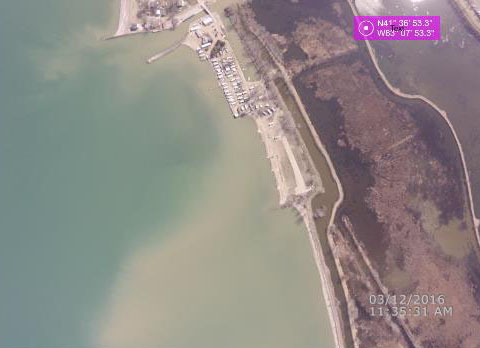
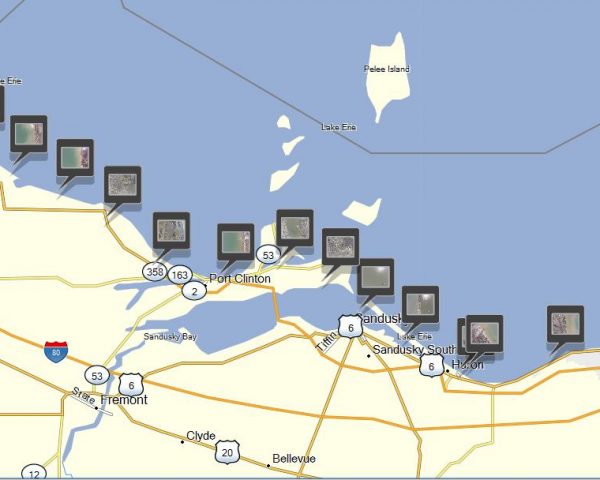
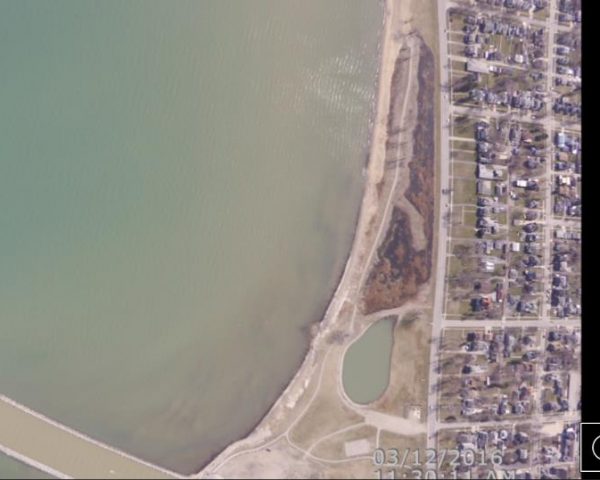
Contact
Supervisor Assistant, Engineer Project Management
216.433.5003
More Information
Recent Articles
- Lake Erie turning green as toxic algae bloom expands (Michigan Live, July 26, 2019): incorporates citizen science photo taken by Dr. Rafat Ansari.
- Citizen Scientists Take Flight Against Algal Blooms (“Ideas” on WVIZ/PBS, August 24, 2017): Both Dr. Rafat Ansari and Terry Schubert interviewed for this segment.
- NASA’s eye in the sky monitors algae blooms on the Mississippi River (StarTribune, August 26, 2016): A pilot from Rochester is helping scientists track potentially toxic scum.
- Monitoring Algae Blooms in Lake Erie (Cleveland 19 News, August 22, 2016): Dr. Rafat Ansari and Terry Schubert speak about the algae blooms in Lake Erie and what they and a group of fellow pilots are doing to monitor them.
- Citizen Scientists Monitor Lake Erie Algal Blooms (NASA, July 15, 2016): Dr. Rafat Ansari has spearheaded a citizen science campaign along with pilot Terry Schubert to involve public volunteers to monitor water quality along Lake Erie’s coastline and interior waterways.
- A Chinese Beach City Welcomes Its Annual Algae Bloom (The Atlantic City Lab, July 8, 2015
- Toledo, Ohio Drinking Water Emergency (USA Today, August 3, 2014)
- Algae Bloom Is China’s Latest Olympic Nightmare (Cleveland Plain Dealer, July 2, 2008)
Other Information
Publications
Recent Reports
| Title | Author(s) | Source | Type | Topic Area(s) | Year | Link |
|---|---|---|---|---|---|---|
| General Aviation Citizen Science Study to Help Tackle Remote Sensing of Harmful Algal Blooms (HABs) | Ansari, Rafat R., Schubert, Terry | NASA/TM-2018-219746 | Technical Memorandum | Harmful Algal Blooms (HABs) | March 2018 | NTRS |

